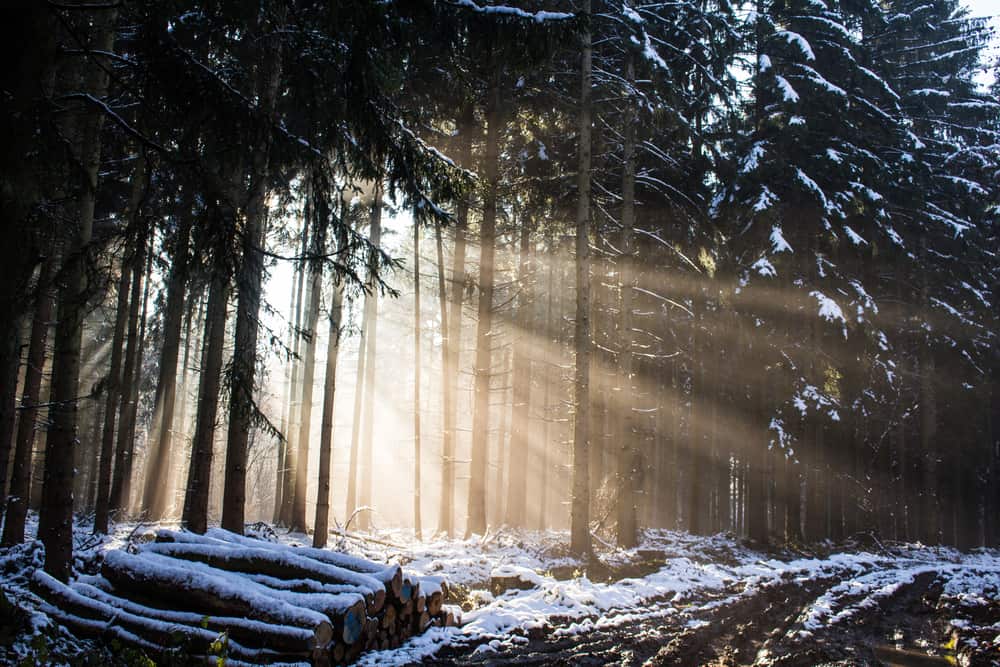By Anatoly Shvidenko, senior researcher in the IIASA Ecosystems Services and Management Program
The forest region known as the circumpolar boreal belt comprises almost a third of the global forest area and about a fourth of the world’s wetlands. There are substantive structural, ecological and management similarities and connections between boreal and global mountain forests of high elevation. Specific features of both boreal and high-elevation forests – or as we started calling them cool forests – include evolutionary adjustments to cold climates; dominance of coniferous species; permafrost over huge territories; vulnerability to climate anomalies and ecological disturbances; large remote and practically unmanaged territories; and lack of infrastructure over vast areas. Under climate change, these landscapes are on the one hand exposed to extreme pressures and risks and on the other, they are decisive for our efforts to reach the climate goals. These cool forests could substantially help to cool down the climate. This is why I became a Cool Forest Ambassador.

© RikoBest | Shutterstock
A particular threat to global climate mitigation efforts is the thawing permafrost, which contains about 1,000 billion tons of carbon as methane and hydrates in the frozen grounds of the Northern Eurasian high latitudes alone. Furthermore, a number of models predict forest deaths over large areas, loss of biodiversity, and negative impacts on social hotspots in the highly populated southern (mid-latitude) ecotone of the boreal zone.
Since the most critical climate change on the planet is expected in continental regions of the boreal and mountainous regions, these forest and wetland landscapes require specific societal, scientific, and managerial attention. The current paradigm of co-evolution of people and forests calls for a transition to adaptive and risk-resilient sustainable forest management (ASFM), which is a complicated task, both mentally and professionally.
Diversity of forests, ownership, socioeconomic conditions, forest management practices, and policies for cool forests are extensive, as are the above-mentioned associated risks. Large differences prevail in stakeholder preferences, understanding, and the valuation of ecosystem services, as well as in understanding relevant strategies of implementing ASFM. We need to advocate the investigation of socioecological drivers that define current and future states, the resilience and vulnerability of forests, as well as the stability of forests and agro-forest landscapes. Moreover, we need to consider the close connection of cool forests with the specifics of surrounding landscapes within the paradigm of the multi-functional use of forests.
About 20 countries have cool forests, but three of them comprise almost 90% of the total area: Russia 56%, Canada 27%, and the USA 6%. The starting point, preparedness, and capacity of these countries to introduce ASFM are substantially different, but the majority of them are lagging behind in terms of real progress in the proper direction. Cross-border analysis of national specifics and commonalities are needed to understand the potential and challenges of ASFM, as well as to identify problems that cannot be completely resolved by means of ASFM alone (e.g., slowdown of permafrost thaw). There is no silver bullet strategy that would allow us to reach all the goals of ASFM. The high uncertainty of climatic predictions and lack of knowledge on the behavior of boreal and high-elevation forests under new environmental conditions, require new operative information, as well as a new philosophy and management tools. In particular, new types of models are needed to present sufficient information for decision making within regional forest management systems. The IIASA Ecosystem Services and Management Program has intensively studied cool forests for the last three decades (large international projects included SIBERIA-II, Siberia-II, the Third Millennium Ecosystem Assessment etc.).
All pressing problems, hot topics, and required actions related to cool forests will be discussed at the 18th Conference of the International Boreal Forest Research Association “Cool forests at risk? The critical role of boreal and mountain ecosystems for people, bioeconomy, and climate”, taking place at IIASA from 17 to 20 September 2018. More information about this event is available on the conference website (IBFRA18.org). We invite scientists and stakeholders from policy, business, and civil society and all who are interested in the topic, to express their opinion about the most important and urgent actions that should be realized. Join me in signing-up as a Cool Forest Ambassador to bring this globally important problem to the attention of societies and governing circles globally.
Note: This article gives the views of the authors, and not the position of the Nexus blog, nor of the International Institute for Applied Systems Analysis.


You must be logged in to post a comment.